Question from Michael.:
When did Li Tian die?
-Michael
Hi Michael –
I’m assuming you mean Li Tian, the monk who is most widely credited as the inventor of fireworks. I have to admit, you almost had me stumped on this one, but again, perseverance (or should I say need-to-know stubbornness) prevailed!
Some deeper research into the invention of fireworks led me to discover Li Tian, the inventor of fireworks, apparently lived from 601 AD to 690 AD. This was during the reign of Emperor Taizong (Li Shimin), first emperor of the Tang Dynasty. As the most popular legend goes, the Emperor’s prime minister had been haunted by the ghost of an evil dragon and Li Tian’s fireworks helped scare away the evil spirit.
What’s really interesting to me is the fact that these dates contradict some widely circulated information that Li Tian unveiled his invention during the Song Dynasty in the 10th century. But, knowing the legend includes the Emperor Taizong, and having historical record of his reign during the early half of the 7th century (he ruled from 621 until his death in 649 AD ), we know this simply cannot be true.
My best guess is the confusion comes from the fact that a temple in Li Tian’s honor was built in his home region during the Song Dynasty and somewhere along the lines this was mistranslated into being the time that he also lived.
More research into Li Tian’s hometown, the temple, and a local fireworks museum helped me confirm the facts. In the process, I also confirmed that April 18, a day where offerings are made to Li Tian and fireworks are set off in his honor, is purported to be the clever monk’s birthday.
Cheers to you, Michael! This was a tough one but it got me digging deeper into both the legend and the truth about fireworks!
Great question, hope you enjoyed the answer as much as I enjoyed seeking it out!
_tG
Ask the Geek, Get a Free Patent Mug
That’s right, if your question is chosen to be featured in our weekly “Invention Geek” column, we’ll send you a free one-of-a-kind patent mug custom pressed with a picture from your invention and the title of Honorary Invention Geek.
Got a pressing question about innovation history? Jump over to Ask the Invention Geek for details & an easy entry form!
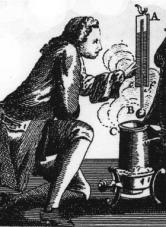 In 1593, when Galileo Galilei invented a basic water thermometer the device was called a thermoscope. His thermoscope and the ones that followed were not standardized in the liquid or the scale for telling the temperature. These simple devices mainly indicated a temperature increase or decrease, but no one was sure by how much. Daniel Gabriel Fahrenheit was a German physicist who changed the way the world viewed temperature.
In 1593, when Galileo Galilei invented a basic water thermometer the device was called a thermoscope. His thermoscope and the ones that followed were not standardized in the liquid or the scale for telling the temperature. These simple devices mainly indicated a temperature increase or decrease, but no one was sure by how much. Daniel Gabriel Fahrenheit was a German physicist who changed the way the world viewed temperature.

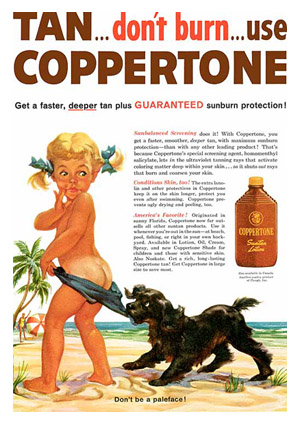 The benefits of sunscreen have been known for thousands of years. Even the Greeks used a mixture of sand and oil to attempt to protect themselves from the sun while training for the Olympics. Christopher Columbus was the first to write about the use of sunscreen. Columbus wrote in his journal while visiting an island in the Caribbean that the people of the island “all paint themselves, some black, some other colors, but mostly red. I have learned that they do this on account of the sun, which does not injure them as much if they are painted.”
The benefits of sunscreen have been known for thousands of years. Even the Greeks used a mixture of sand and oil to attempt to protect themselves from the sun while training for the Olympics. Christopher Columbus was the first to write about the use of sunscreen. Columbus wrote in his journal while visiting an island in the Caribbean that the people of the island “all paint themselves, some black, some other colors, but mostly red. I have learned that they do this on account of the sun, which does not injure them as much if they are painted.”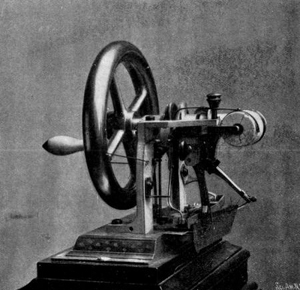 People attempted for decades to design a properly functioning sewing machine. There were many machines designed and patented which simply did not work. Then in 1830, Barthelemy Thimonnier, a French tailor, developed a successful model. This machine caused fear and outrage among tailors in France. Afraid that they would lose their livelihoods to this invention, a group of tailors destroyed the plant where Thimonnier was producing his sewing machine.
People attempted for decades to design a properly functioning sewing machine. There were many machines designed and patented which simply did not work. Then in 1830, Barthelemy Thimonnier, a French tailor, developed a successful model. This machine caused fear and outrage among tailors in France. Afraid that they would lose their livelihoods to this invention, a group of tailors destroyed the plant where Thimonnier was producing his sewing machine.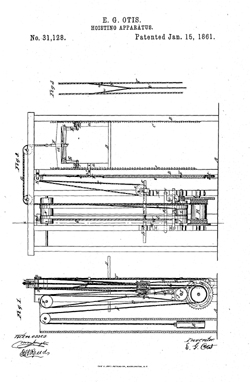 The first passenger elevator was designed for France’s King Louis XV for his personal chambers in Versailles in 1743. Called the “Flying Chair” the elevator only went one floor, connecting the king’s chambers to his mistresses’ on the second floor of the palace. The king entered his elevator through his balcony and a arrangement of weights and pulleys hanging inside a chimney were pulled to raise or lower the chair.
The first passenger elevator was designed for France’s King Louis XV for his personal chambers in Versailles in 1743. Called the “Flying Chair” the elevator only went one floor, connecting the king’s chambers to his mistresses’ on the second floor of the palace. The king entered his elevator through his balcony and a arrangement of weights and pulleys hanging inside a chimney were pulled to raise or lower the chair.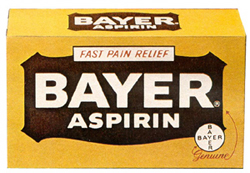 Genericized trademarks are words that used to be brand names but have become ingrained in common speech as a way to refer to all brands of a single product, not just the brand or service of the original trademark holder. A trademark often becomes genericized when one company dominates the market for a single product or is the original manufacturer of a new product. The use of a trademark as a verb will also led to the term becoming generic.
Genericized trademarks are words that used to be brand names but have become ingrained in common speech as a way to refer to all brands of a single product, not just the brand or service of the original trademark holder. A trademark often becomes genericized when one company dominates the market for a single product or is the original manufacturer of a new product. The use of a trademark as a verb will also led to the term becoming generic. 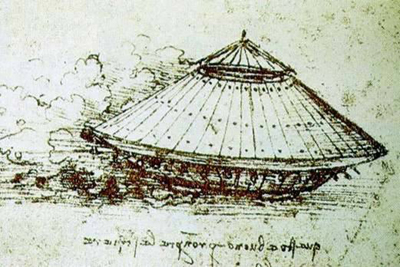
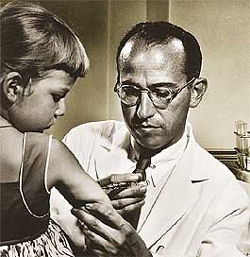 Polio was once a disease feared each summer by parents and children living in cities throughout the world. Epidemics of the disease were reported during the summer season starting in 1910. The polio epidemic of the summer of 1952 was the worst in the history of the United States. About fifty-eight thousand cases were reported with 3,145 deaths and 21,269 children left with some level of paralysis. Luckily, research was being done to develop a vaccine for this children’s illness.
Polio was once a disease feared each summer by parents and children living in cities throughout the world. Epidemics of the disease were reported during the summer season starting in 1910. The polio epidemic of the summer of 1952 was the worst in the history of the United States. About fifty-eight thousand cases were reported with 3,145 deaths and 21,269 children left with some level of paralysis. Luckily, research was being done to develop a vaccine for this children’s illness.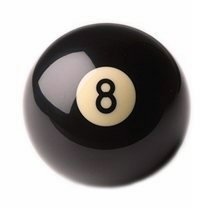 The first thermoplastic was exhibited in 1862 at the London International Exhibition. Parkesine was invented in 1855 in London by Alexander Parkes. Parkesine was an organic material made by dissolving cellulose nitrate in solvent. The material could supposedly do everything that rubber could do only it was cheaper. In 1866, Parkes formed the Parkesine Company to produce his plastic. It was not a commercial success though because it was expensive, easily cracked and highly flammable.
The first thermoplastic was exhibited in 1862 at the London International Exhibition. Parkesine was invented in 1855 in London by Alexander Parkes. Parkesine was an organic material made by dissolving cellulose nitrate in solvent. The material could supposedly do everything that rubber could do only it was cheaper. In 1866, Parkes formed the Parkesine Company to produce his plastic. It was not a commercial success though because it was expensive, easily cracked and highly flammable.